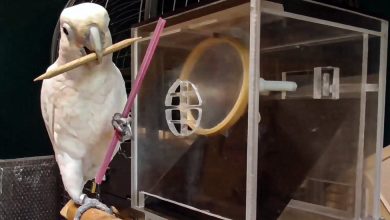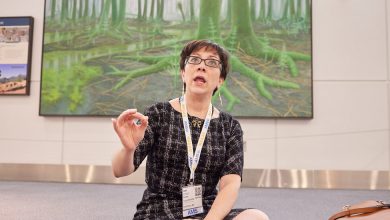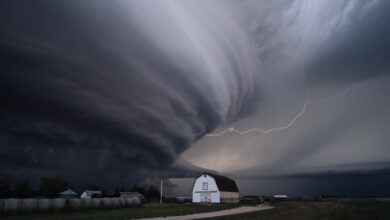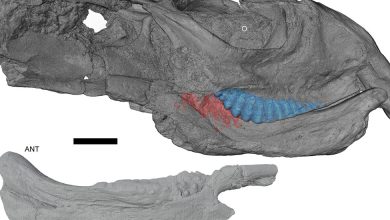Enslaved African Americans in Maryland Linked to 42,000 Living Relatives
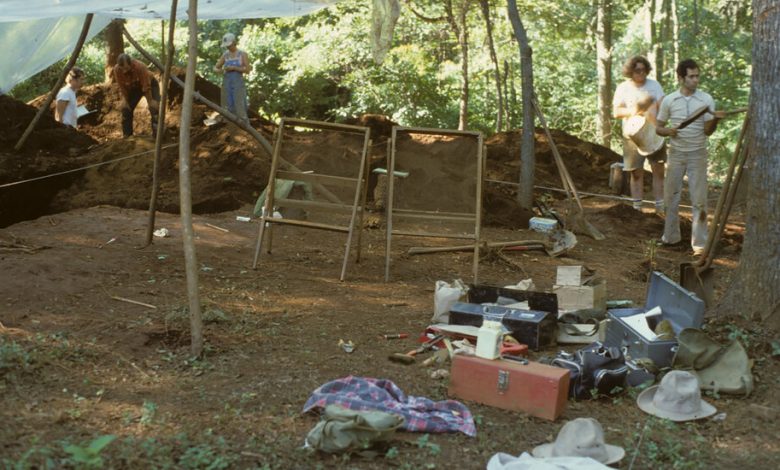
A construction team working on a highway expansion in Maryland in 1979 discovered human remains on the grounds of an 18th-century ironworks. Eventually, archaeologists uncovered 35 graves in a cemetery where enslaved people had been buried.
In the first effort of its kind, researchers now have linked DNA from 27 African Americans buried in the cemetery to nearly 42,000 living relatives. Almost 3,000 of them are so closely related that some people might be direct descendants.
Henry Louis Gates Jr., a historian at Harvard University and an author of the study, published on Thursday in the journal Science, said that the project marked the first time that historical DNA had been used to connect enslaved African Americans to living people.
“The history of Black people was intended to be a dark, unlit cave,” Dr. Gates said. With the new research, “you’re bringing light into the cave.”
In an accompanying commentary, Fatimah Jackson, an anthropologist at Howard University, wrote that the research was also significant because the local community in Maryland worked alongside geneticists and archaeologists.
“This is the way that this type of research should be performed,” Dr. Jackson wrote.
The cemetery was located at a former ironworks called the Catoctin Furnace, which started operating in 1776. For its first five decades, enslaved African Americans carried out most of the work including chopping wood for charcoal and crafting items like kitchen pans and shell casings used in the Revolutionary War.
Elizabeth Comer, an archaeologist and the president of the Catoctin Furnace Historical Society, said that some of the workers were most likely skilled in ironworking before being forced into slavery.
“When you’re stealing these people from their village in Africa and bringing them to the United States, you were bringing people who had a background in iron technology,” she said.
Upon their discovery, some of the remains were taken to the Smithsonian for curation. In 2015, the historical society and the African American Resources Cultural and Heritage Society in Frederick, Md., organized a closer look.
Smithsonian researchers documented the toll that hard labor at the furnace took on the enslaved people. Some bones had high levels of metals like zinc, which workers inhaled in the furnace fumes. Teenagers suffered damage to their spines from hauling heavy loads.
The identities of the buried African Americans were a mystery, so Ms. Comer looked through diaries of local ministers for clues. She assembled a list of 271 people, almost all of whom were known only by a first name. One family of freed African Americans, she discovered, supplied charcoal to the furnace operators.
From that list, Ms. Comer has managed to trace one family of enslaved workers to living people and one family of freed African Americans to another set of descendants.
At Harvard, researchers extracted DNA from samples of the cemetery bones. Genetic similarities among 15 of the buried people revealed that they belonged to five families. One family consisted of a mother laid alongside her two sons.
Following Smithsonian guidelines, the researchers made the genetic sequences public in June 2022. They then developed a method to reliably compare historical DNA to the genes of living people.
Éadaoin Harney, a former graduate student at Harvard, continued the genetic research after she joined the DNA-testing company 23andMe, focusing on the DNA of 9.3 million customers who had volunteered to participate in research efforts.
Dr. Harney and her colleagues looked for long stretches of DNA that contained identical variants found in the DNA of the Catoctin Furnace individuals. These stretches reveal a shared ancestry: Closer relatives share longer stretches of genetic material, and more of them.
The researchers found 41,799 people in the 23andMe database with at least one stretch of matching DNA. But a vast majority of those people were only distant cousins who shared common ancestors with the enslaved people.
“That person might have lived several generations before the Catoctin individual, or hundreds or thousands of years,” Dr. Harney said.
The researchers also found that the people buried at the Catoctin Furnace mostly carried ancestry from two groups: the Wolof, who live today in Senegal and Gambia in West Africa, and the Kongo, who now live 2,000 miles away in Angola and the Democratic Republic of Congo.
About a quarter of the individuals in the cemetery had only African ancestry. DNA from the rest typically showed traces of ancestry from Britain — the legacy of white men who raped Black women, as the authors noted in their study.
Most of the living people with links to the furnace reside in the United States. Almost 3,000 people had especially long stretches of matching DNA, which could mean they are direct descendants or can trace their ancestry to cousins of the Catoctin Furnace workers.
A strong concentration of these close relatives is in Maryland, Dr. Gates noted. That continuity contrasts with the Great Migration, which brought millions of African Americans out of the South in the early 20th century.
“The thing about Maryland is that it’s a border state,” Dr. Gates said. “What this means is that a lot of people didn’t leave, which is quite interesting.”
In advance of the publication of their paper, the researchers shared the results with the two families that Ms. Comey identified through her own research, as well as with the African American Resources Cultural and Heritage Society.
Andy Kill, a spokesman for 23andMe, said that the company was willing to share genetic results with relatives who participated in the new study. So far, the company hasn’t been asked.
But 23andMe does not have plans to notify the thousands of other customers who have a connection to the enslaved people of the Catoctin Furnace. When customers consent for their DNA to be used for research, the data is stripped of their identities to protect their privacy.
“We still have work to do on thinking about the best way to do that, but it’s something we would like to do at some point,” Mr. Kill said.
Jada Benn Torres, a genetic anthropologist at Vanderbilt University who was not involved in the research, said rushing out the results would be a mistake.
“To take this process slowly gives us time to think about what the different repercussions might be,” she said, “in terms of opening these boxes and looking in and finding answers that we didn’t even know we had questions about.”
The Catoctin Furnace is only one of many African American burial grounds scattered across the country. Alondra Nelson, a social scientist at the Institute for Advanced Study in Princeton, N.J., said that similar studies could be carried out with the remains found in them, so long as scientists partner with the people caring for the cemeteries.
“If these kinds of projects go forward, it is going to require researchers to have a real engagement with these well-established communities,” Dr. Nelson said.

